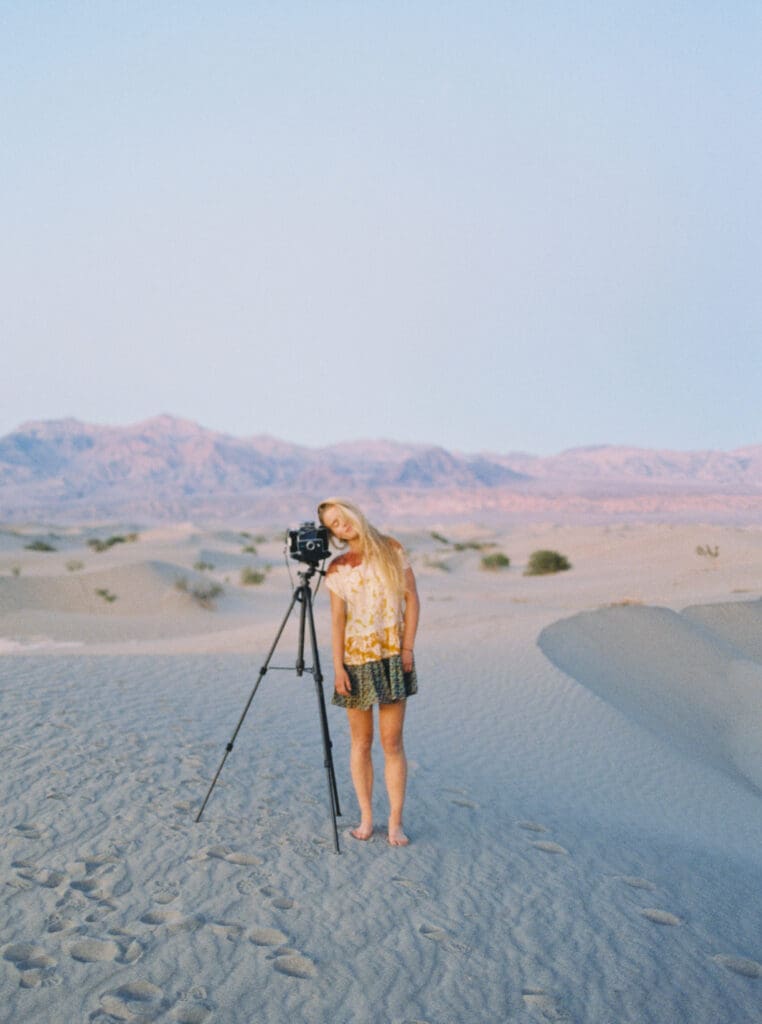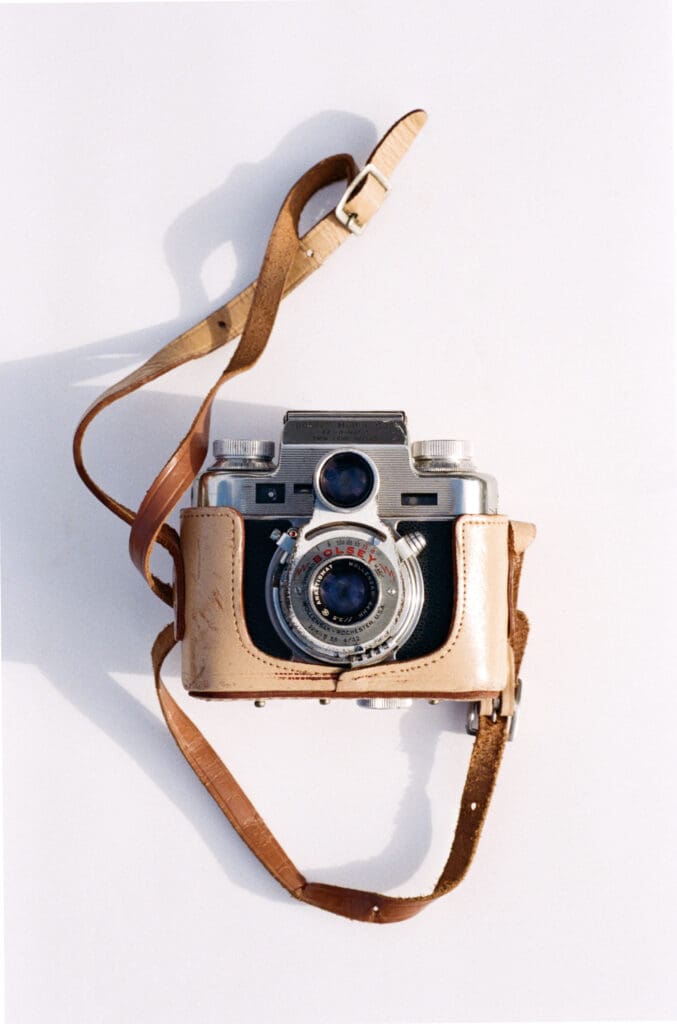If you are new to film, transitioning to a new film stock or just haven’t been happy with your exposures, we have a solution that will save you time, money and energy in achieving your ideal scans—film exposure ramps. Film exposure ramps help you learn a film stock’s characteristics, and exposure latitude and allow you to dial in on the best exposure for you!
Making a Film Exposure Ramp
- Select your subject and pick an environment you photograph in often.
- Set your aperture at f/11 or higher to ensure you can create a ramp with your box speed rating somewhere in the middle. (For the ramp above of Portra400, we shot at f/16.)
- Take a meter reading at the film’s box speed and write it down to reference later. (If your camera does not imprint exposure data note which frame is shot at box speed.)
- Start shooting! Begin at your camera’s fastest available shutter speed and work your way down to your camera’s slowest speed in one-stop increments.
Tips for a Successful Film Exposure Ramp
Be Sure to Shoot Skin Tones!
You can even ask a friend to model for you. Skin tones can shift dramatically depending on your exposures, and your clients just want to look good, right? Be sure your subject fills at least ⅓ of the frame so you can clearly see how each exposure renders their skin tone.
Lighting is Everything.
Shoot your ramp in consistent lighting in an environment you photograph in often. Consistent light, for the most part, means consistent contrast. Having a consistently lit scene will help you decipher how exposure affects the contrast in your negative, rather than a shift in lighting.
Use a Tripod!
No but really, use a tripod. In order to test severe overexposure, your shutter speed will be seconds long. Use a tripod to mitigate camera shake and ensure consistent framing of your subject.

Photo Credit: Mason Neufeld
Things to Look for When Studying Your Film Exposure Ramp
Now it’s time to decide which exposure fits your aesthetic best! You’ll do this by studying the information and differences in your film exposure ramp.
Where Do You See the Most Detail in Each Film Exposure?
Are you seeing the biggest difference in the highlights, the shadows, the midtones? Knowing where you want the most detail within your frame will help you determine what your film exposures should be. Some people like deep shadows, some like strong detail in the highlights–studying your film exposure ramp can help you decide how to get those results in camera every time.
Where Do You See Color Casts?
Every film stock starts to show color shifts in either the highlights (when overexposed) or shadows (when underexposed). It’s very importnt to take note of not just when but where those color shifts start to emerge. To have a better understanding of that film stock’s exposure latitude, seeing these differences is key.
Are There Any Camera Issues?
When creating an film exposure ramp, you are pushing your camera to its limits— especially when it comes to your shutter. Use this film exposure ramp experiment to see how your camera handles faster shutter speeds like 1/1000 or 1/4000. If you begin to see shutter issues, such as two frames that appear to be the same exposure when you know they’re not, you’ll know which shutter speeds to avoid in the future. Studying the density of each frame of your Exposure Reference Sheets will help you to spot this problem.

Film Exposure Ramp Guides
These film exposure ramps were all shot in Salem, Oregon on an overcast day in open shade. You’ll clearly see the differences in highlights, shadows, detail, grain and color shifts in each one. Take a look and notice which film stocks shift color to the magenta side, which go greener. Observe the details and sharpness levels in each guide to visually take in the parts that you prefer. As photographers we tend to be visual learners and this is your cheat sheet to getting the look you want.
Click each guide to enlarge and then right click to save. To gain results tailored to your own shooting environment, grab a friend and make a ramp of your own.
Click any of the guides below to view them larger.

